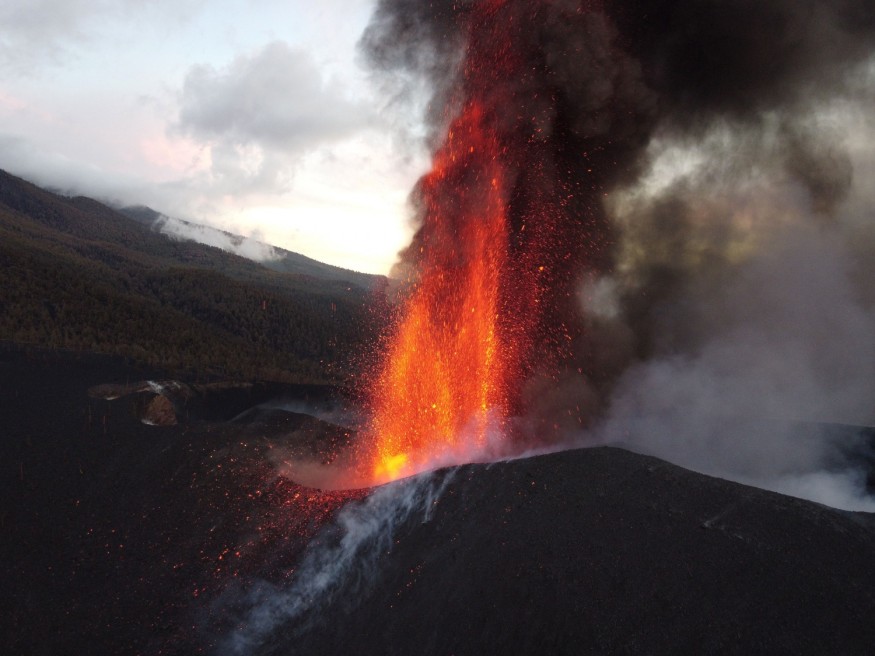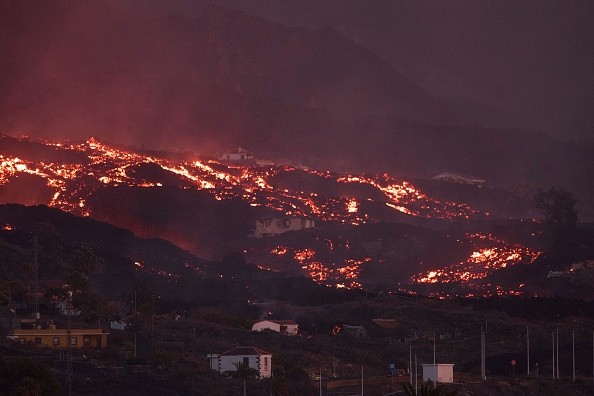
About 5 to 10 volcanoes around the globe are believed to be capable of causing a super-eruption that might have devastating consequences for the global climate.
One of them is positioned under the waters of Sumatra's Lake Toba and has prompted two impactful eruptions in the past million years. But when is the next one happening? Will there be any signs of impending doom?
To find out how long it took the volcano to prepare for its super-eruptions, an international team of geologists led by the University of Geneva (UNIGE) in Switzerland and Peking University in China developed an analysis of the levels of uranium and lead in zircons which is a mineral usually discovered in explosive volcanic eruptions - to discover how long it usually takes the volcano to get ready for a super-eruption.
Toba Volcano
The Toba volcano in Sumatra has erupted twice, the first 840,000 years ago and the second 75,000 years ago, each measuring roughly 2,800 km3 and containing 70,000 times the quantity of lava produced so far by the current La Palma eruption.
Two less intensive eruptions occurred 1.4 million years ago and 500,000 years ago, respectively.
Toba volcano creates a caldera, which means that earlier eruptions formed a big depression that is now occupied by meteoric water, says Luca Caricchi, professor at the UNIGE Faculty of Science's Department of Earth Sciences and the research co-author. But are we on the verge of another super-eruption?
Zircon
Zircon is a mineral that forms in the aftermath of violent volcanic eruptions. Ping-Ping Liu, a professor at Peking University's Faculty of Earth and Space Sciences and the article's primary author notes that one of the zircon properties is that it accepts uranium into its structure. The uranium decays into lead over time.
"So by measuring the amount of uranium and lead in zircon with a mass spectrometer, we can determine its age," says the geologist.
The age of a significant number of zircons taken from the products of several eruptions was calculated by the scientists: the youngest zircons disclose the date of the eruption, while the older zircons tell the history of magma buildup prior to the super-eruptions.

The Next Super-eruption
The rate of magma intake in a magma reservoir may also be estimated using this approach, which is based on zircon geochronology.
"Today, we estimate that about 320 km3 of magma could be ready to erupt within the reservoir of Toba volcano," says Luca Caricchi.
If such an eruption occurred today, it would be a cataclysmic occurrence that would have far-reaching consequences not just for the densely populated island of Sumatra, but also for the entire ecology.
According to geologists, around 4 km3 of eruptible magma accumulates inside Toba's magma reservoir every thousand years, and this pace has remained relatively constant throughout the volcano's eruptive history.
"The next super-eruption of the size of the last two would therefore take place in about 600,000 years," he says. This does not rule out the possibility of lesser outbursts in the meantime.
This new technology might be used to determine whether volcanoes are on the verge of a super-eruption anywhere in the planet.
This is a huge step forward since, with so few super-eruptions in the previous 2 million years, researchers couldn't get statistically significant numbers for the frequency of these catastrophic occurrences on a worldwide scale, Ping-Ping Liu said.
Related Article : Supervolcano: Even When Dormant for Thousands of Years, 'Super Eruption' is Still Possible
For more news, updates about volcanoes and similar topics don't forget to follow Nature World News!
© 2025 NatureWorldNews.com All rights reserved. Do not reproduce without permission.





